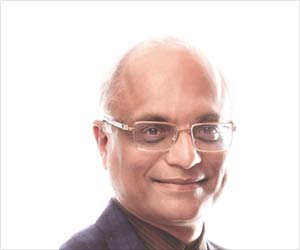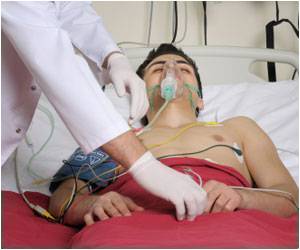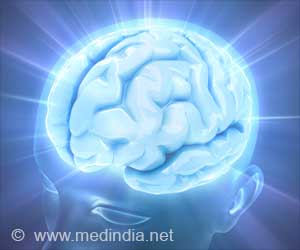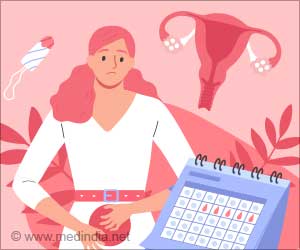In a landmark verdict, the Indian Supreme Court ruled that individuals had a right to die with dignity, allowing passive euthanasia with strict guidelines.
- The Indian Supreme Court has given legal sanction to passive euthanasia stating that patients have the right to die with dignity
- The Court has issued a detailed guideline in this regard that will remain effective till a law is in place
- Medindia spoke to Dr. R K Mani, Chairman of the Ethics Committee that formulated the guideline on End-of-Life and Palliative Care about his views on the Supreme Court’s judgment
In 2011, the Supreme Court had recognized passive euthanasia in the Aruna Shanbaug case and permitted the withdrawal of life support from patients, who are not in a position to make an informed decision. Although, the judges had four separate opinions on the current verdict, all were unanimous that the ‘living will’ be permitted since a person cannot be allowed to continue suffering in a vegetative state.
The judgment had further said, “Hence, even if a decision is taken by the near relatives or doctors or next friend to withdraw life support, such a decision requires approval from the High Court concerned as laid down in Airedale's case (supra). In our opinion, this is even more necessary in our country as we cannot rule out the possibility of mischief being made by relatives or others for inheriting the property of the patient.”

On the Supreme Court’s laudable judgment on euthanasia, Medindia spoke to Dr. R K Mani, Group CEO and chairman Critical Care, Pulmonology and Sleep Medicine, Nayati Medicity, Mathura and Nayati group of hospitals, Agra and Amritsar. Former President of the Indian society of critical care Medicine(ISCCM) and Chairman of the Ethics Committee that formulated guidelines on End-of-Life and Palliative Care.
Q. The Supreme Court has already given permission for euthanasia on Aruna Shanbaug’s case in 2014, will the current judgment help in the implementation of passive euthanasia?
Q: Will a person still require clearance from the High Court to execute passive euthanasia?
Q: What are the strengths and weaknesses of the judgment?
Ans: The strengths of the judgment are that for a physician, this landmark judgment is important as it strengthens the hands of the ethical physician. This landmark judgment is also extremely important for a citizen because earlier an individual with a life-threatening condition goes straight to the prospects of life support system, which would not only affect the patient, but also the family who go through a lot of hardships emotionally and financially. The medical guidelines oblige the physician to listen to the patient’s values and beliefs. The judgment could allow a physician to provide a choice to use or not use an intervention such as life support depending upon a patient’s consent. In Aruna Shanbaug’s judgment, passive euthanasia was ultimately a legislative process. Whereas, in this present judgment, it does not require a legislative process where a choice is given to an individual.
The first weakness of the judgment is the terminology. They continue to use the term passive euthanasia which has been abandoned long ago in contemporary medical literature in the world. Recently, I was part of a board commissioned by the ICMR to formulate contemporary definitions of terms used in end-of-life and palliative care. This document which will be released next week and will clarify on the contemporary terminologies. The second weakness is that the court proceedings involving a medical board which is correct, but, getting a clearance from the district level may be time-consuming and it is still not quite the way how it is done in the West. The procedures can be made much easier and at the same time safe guard the citizen from any malpractice.
Q: Do you have any other comments about the current judgment?
Ans: Every individual has the right to dignity, and it cannot be denied. Any decision should not be forced upon a patient or a family. A physician should be able to provide choices to the patient, be compassionate, supportive and take care of the time appropriate. We are always focused on curing people which is inevitable, but care should also be given to the dying.
The judgment comes in the wake of prejudices on the part of the govt and the previous judicial opinions. What the Supreme Court has done is a great in-depth study of the existing document. They have taken a great humanistic approach in this judgment. Overall, it is a great step forward in medicine, but it lacks medical input. What I would suggest is that we as citizens should participate to formulate a practical guideline to make it the best in the world.
Source-Medindia










